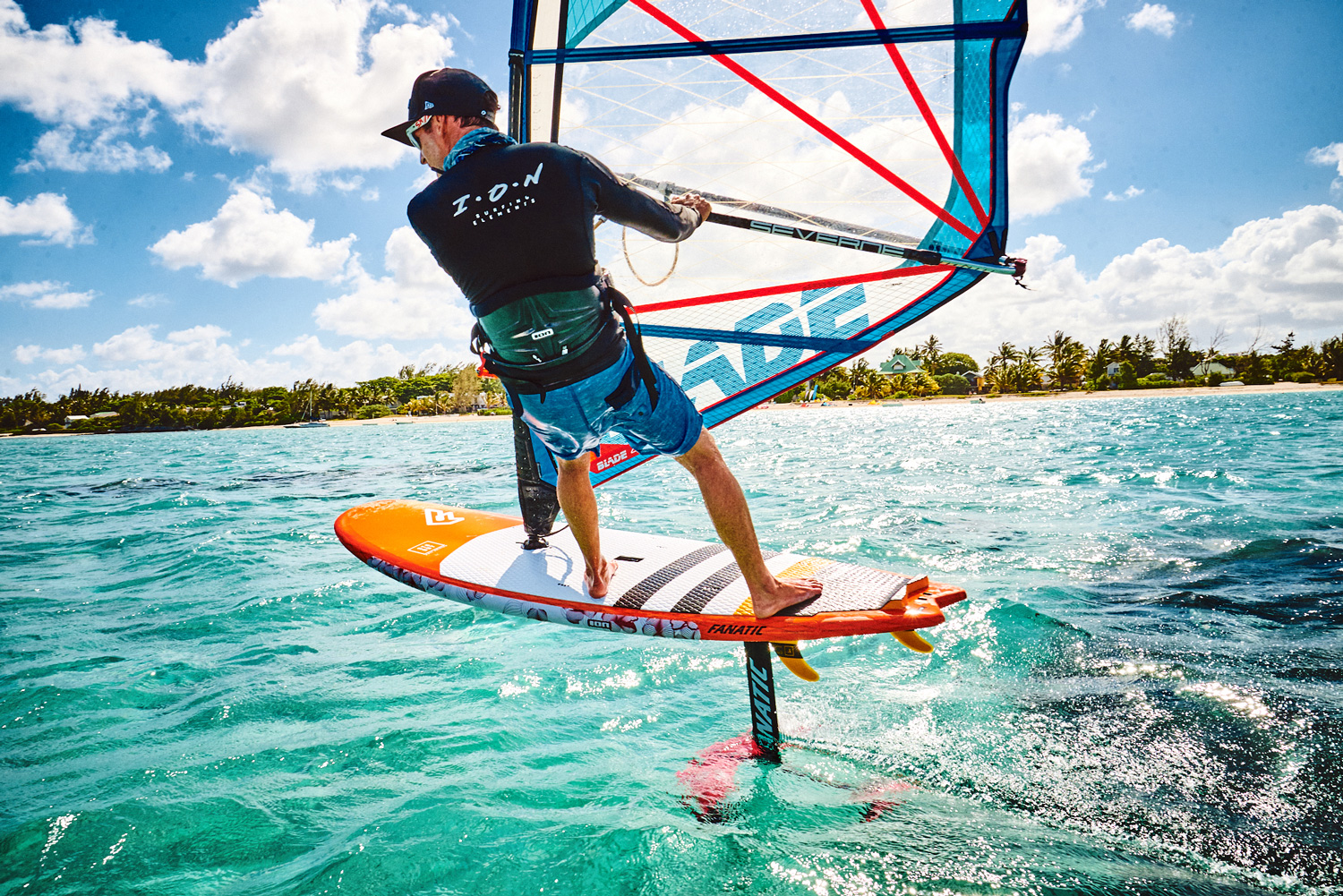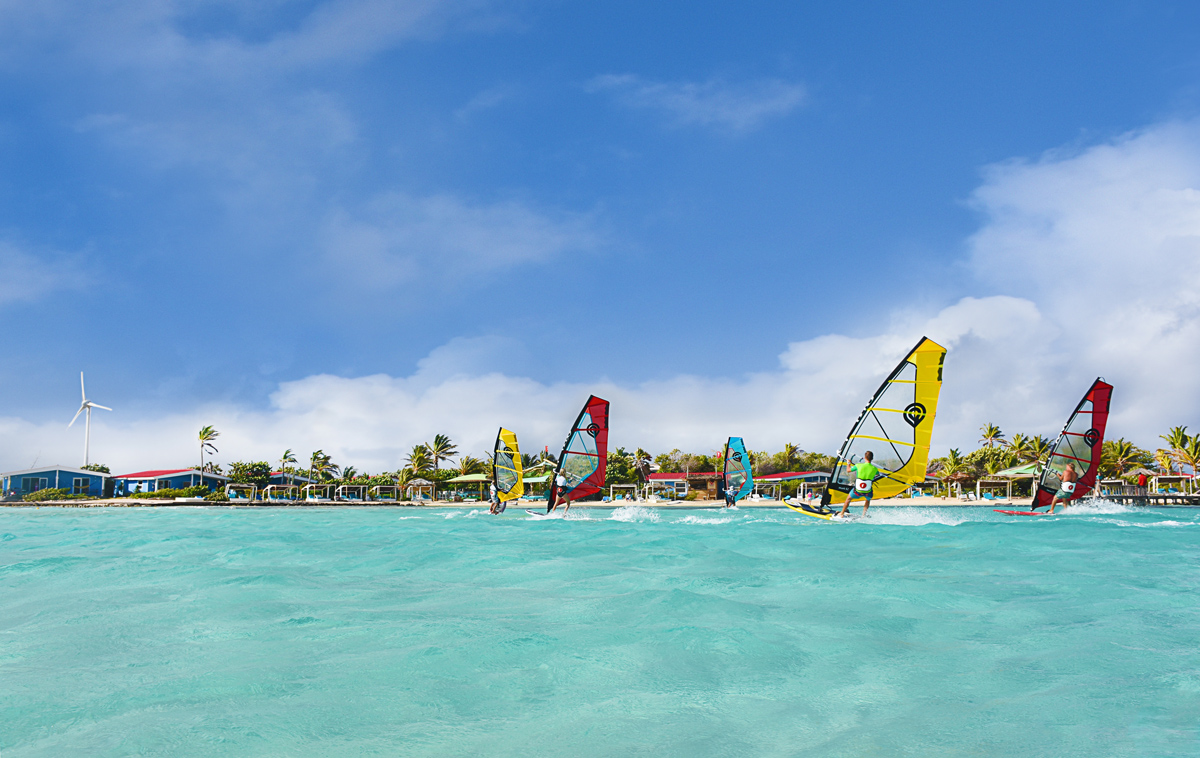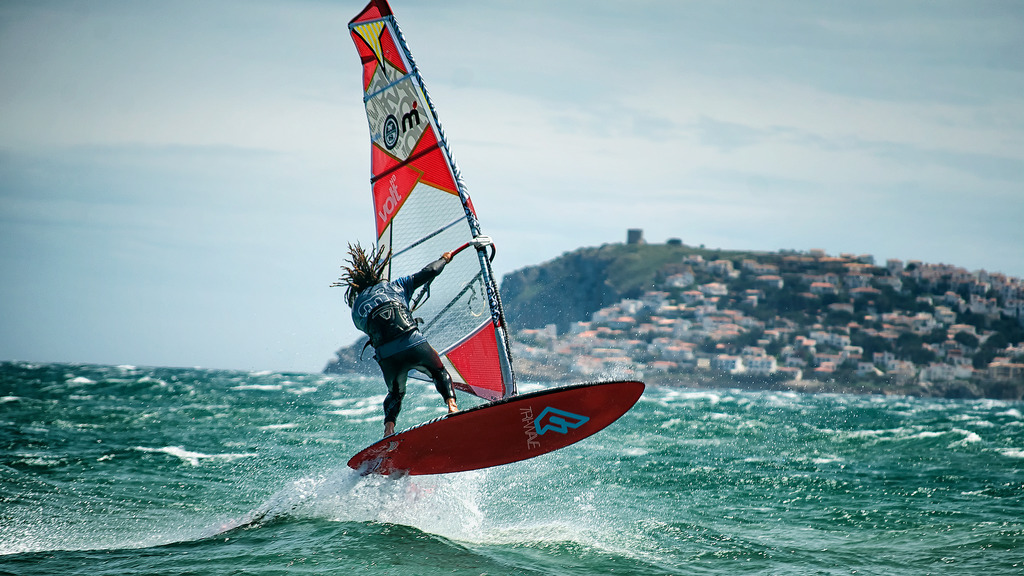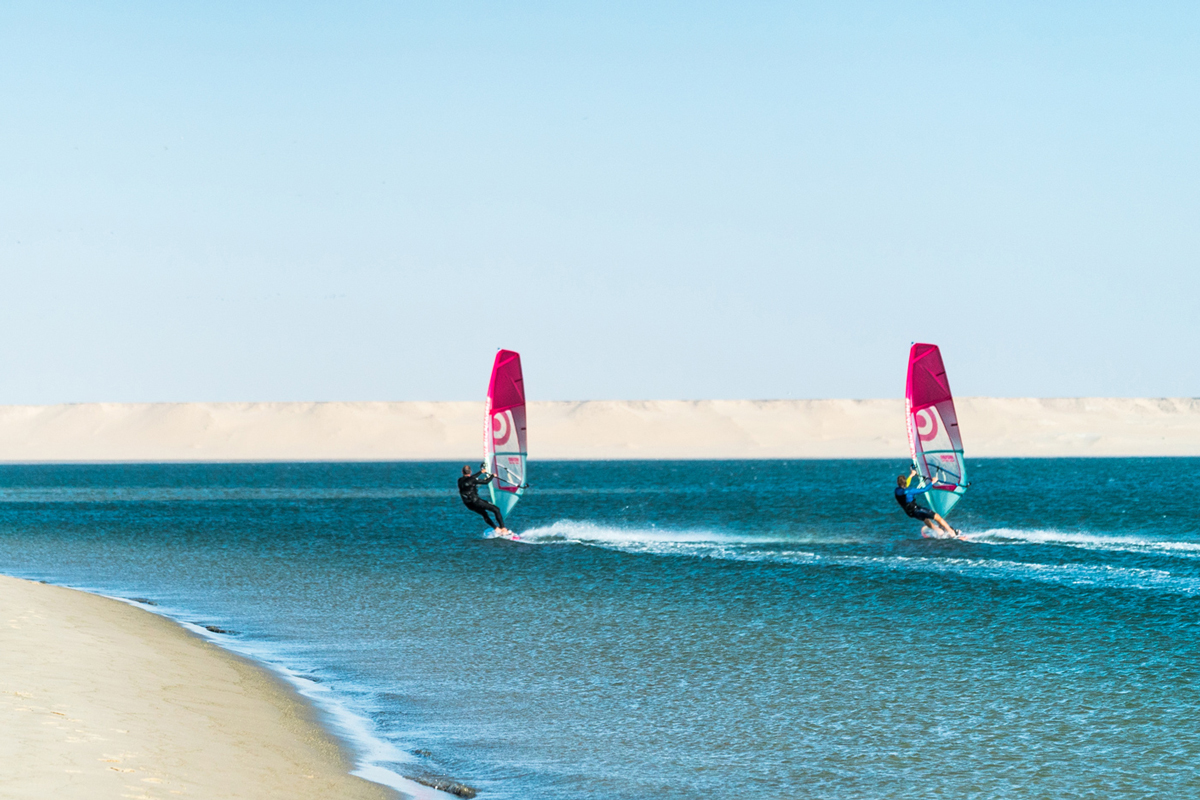If you have experienced the thrills of windsurfing, feeling the wind roar past as you accelerate, then you’ll know just how addictive it can be. But now imagine that you’re doing this all silently, gliding above the water. That’s the appeal of windfoiling, and it’s proving to be very popular, with more and more people around the world giving it a try.
However, while there is obviously a lot of crossover with regular windsurfing in terms of skill set, there are differences. Even advanced level windsurfers will need to learn and adapt, and as with any new skill, there can be some frustration. So, if you’re planning on learning how to windfoil, keep reading to find out what you need to know.
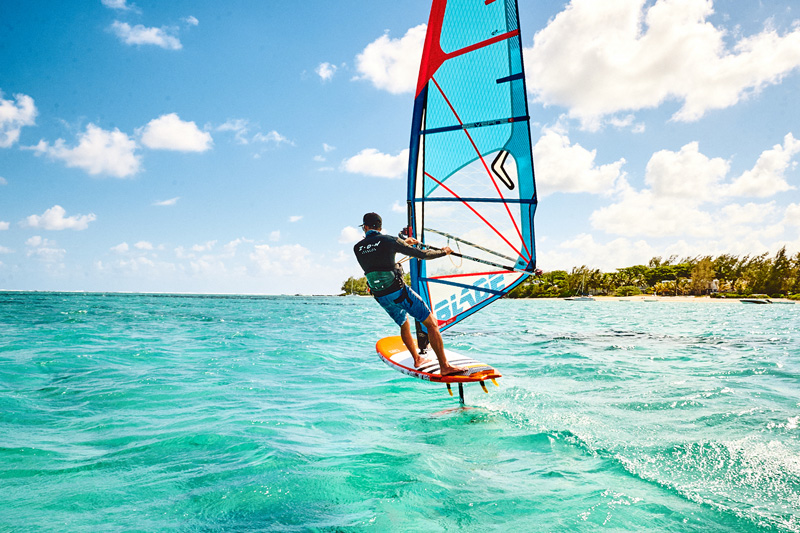
Windfoiling conditions
While you don’t want to start when the conditions are too big, and it can be scary to head out onto the water when you’re not 100% sure what you’re doing, you need winds of at least 10 knots in order to get up foiling. You can launch when winds are lower but it gets very technical.
The best weather conditions to learn are when the wind is between 12 and 15 knots and the water is flat. This means the wind will give you enough speed to lift the board above water and you can concentrate on your body position and rig angle to control the height without having to worry about waves or swell.
How long will learning how to windfoil take?
Of course, this is a difficult question to answer as everyone learns at a different pace and it depends on your windsurfing experience. However, the average windsurfer should be able to get up and gliding within a couple of hours. After a few more sessions you should be able to ride quite comfortably, using your weight to control the foil and riding under control.
Windfoiling equipment
It is possible to windfoil with a standard board although it may be a more fun and easy experience to choose a dedicated windfoil board to begin with. Ideally, you need it to be as short and light as possible. You can glide with any kind of sail as long as you have enough power to get the foil to push you out of the water. It’s probably best to start with a small sail of around 5 to 6 metres, as this will feel lighter and more manoeuvrable. This will help you learn quickly in the beginning. It’s always best to start small and work your way up.
Windfoiling tuition
Even if you are a seasoned windsurfer, having a couple of lessons at the start to help you differentiate the skill sets is very useful. And if you really want to build skills, then a dedicated windfoil holiday will be a great way to consolidate your new passion. Get advice and tip from a dedicated instructor, visit the best spots with perfect conditions, and learn in an intensive way. With a choice of stunning destinations around the world where you can learn the basics and build to intermediate or advanced level, that feeling of flying is well within your reach.
